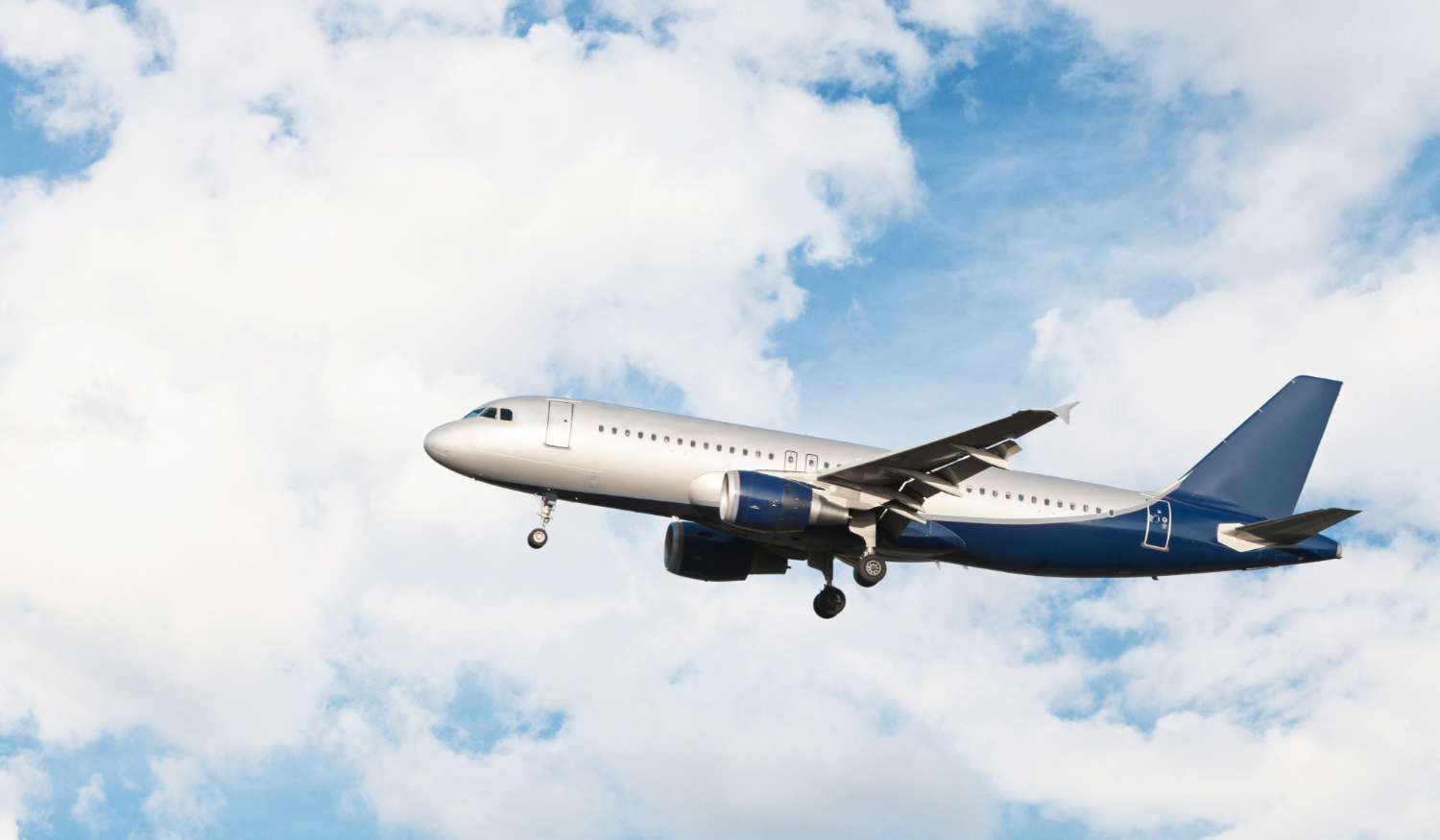Air travel changed how people travel, making it easier, faster, and more efficient to travel worldwide. Therefore, flying became one of the most common modes of travel. It is also recognized as the safest type of transportation. For example, according to WHO, in the past three years, there were only 31 accidents (including both private and), and not all of them were fatal. Moreover, between 2010 and 2021, there were only 12 accidents involving airplanes in Canada, compared to 160,000 car accidents every year. Yet, despite these statistics, many people still experience fear and anxiety when it comes to flying. This article will discuss why you should not be scared of flying.
First things first, to better understand the risks associated with flying, it will be helpful to learn more about airplane design and the physics of flight. Don’t worry, we will keep it simple, so if you don’t know physics, you will still have a general understanding of how it works. Modern airplanes are designed and built to withstand extreme weather conditions, turbulence, and other unforeseen circumstances. In addition, aircrafts are equipped with some of the best technologies and safety features, such as anti-icing systems, advanced weather radar, and automatic landing systems, making flying safer. There are six main components of an aircraft: 1) fuselage (also known as a cabin) – the body of the airplane where passengers and baggage are located; 2) cockpit – the part where the pilots sit; 3) wings (or foils) –produce the lift, which allows the airplane to fly; 4) empennage (the back end of the airplane) – provides stability; 5) engines and propellers – make up the power plant; 6) landing gear – includes wheels and shock absorbers, which help to provide a safe and soft landing.
When it comes to the physics of flight, here is what you need to know. Airplanes fly by generating lift, which is created, as we already learned, by the wings (by pushing air down). The wing’s shape, the airplane’s speed, and the angle of attack all play a role in how much lift will be generated. In order for an aircraft to ascend, the lift generated by the wings must exceed the force of gravity. The wings create lift as air flows over them. Meanwhile, the engines generate thrust, which propels the airplane forward. The weight of the airplane and its contents must be balanced with the lift generated by the wings, which is why airplanes have a center of gravity that is carefully managed.
As the hard and scientific parts are behind us, let’s talk about the flight itself. Once the airplane is in the air, it will continue to ascend until it reaches cruising altitude (typically between 33,000 – 42,000 feet, which is about 6-8 miles above sea level). During this time, you may feel changes in air pressure, which can cause discomfort in your ears. Some common ways to decrease these unpleasant sensations include yawning, swallowing, chewing gum, or sucking candy. You may also experience turbulence, arguably the worst part of the flight, which often feels like bouncing or shaking, but it is a normal part of flying and poses no danger to the airplane.
You might wonder what turbulence is and how dangerous it is. We have got you! Turbulence is “the unsteady movement of air” caused by changes in temperature, pressure, wind speed and even geography. Typically, turbulence is not dangerous, especially because planes are designed to handle it. In VERY RARE cases, it might cause some damage to a plane, which still doesn’t mean that the aircraft will necessarily crush.
During the final part of the flight, landing, the airplane descends and touches down on the runway, possibly the best part for those who are scared to fly and have just experienced turbulence. This sensation can feel like a sudden drop, and you may also feel braking and deceleration as the airplane slows down.
Now, you might wonder what are the most common reasons for plane accidents if turbulence is not one of them. The Aviation Safety Network states that the most common cause of airplane accidents is human error, such as pilot error, maintenance error, or air traffic controller error. Other factors include mechanical failure, weather conditions, and bird strikes. However, it is important to note that airplane accidents are RARE, and the aviation industry has made significant advancements in safety over the years.
Interesting facts about airplanes and flights:
1) Even if all engines will stop working, the plane won’t fall to the ground like a rock. It will glide down (of course, not very slow, but still), allowing pilots to arrange a safe landing. Moreover, pilots are trained to land an airplane with only one or even no engines working. The higher the altitude, the more chance for a safe landing, even without engines working.
2) Airplanes can fly upside down quite well.
3) For a short period of time, an airplane can fly backwards.
4 )Your tastebuds are reduced by 30% during the flight; therefore, airplane foods contain more salt, spices, and sugar.
5) Aircrafts can be refuelled in the air.
Some tactics to reduce your anxiety during flights:
1) Get distracted – read a book, solve math problems, and do sudoku. Games requiring logic are especially helpful.
2) Listen to relaxing music.
3) Remember that flying is one of the safest modes of transportation, and turbulence is a normal process.
4) Take slow, long, and deep breaths.
5) Talk to a specialist, or learn even more about flights. There are some great resources available!
Learning about these topics, you can demystify the flying experience and feel more confident when travelling by airplane. Remember that flying is one of the safest forms of transportation, and millions of people fly every day without incident.






